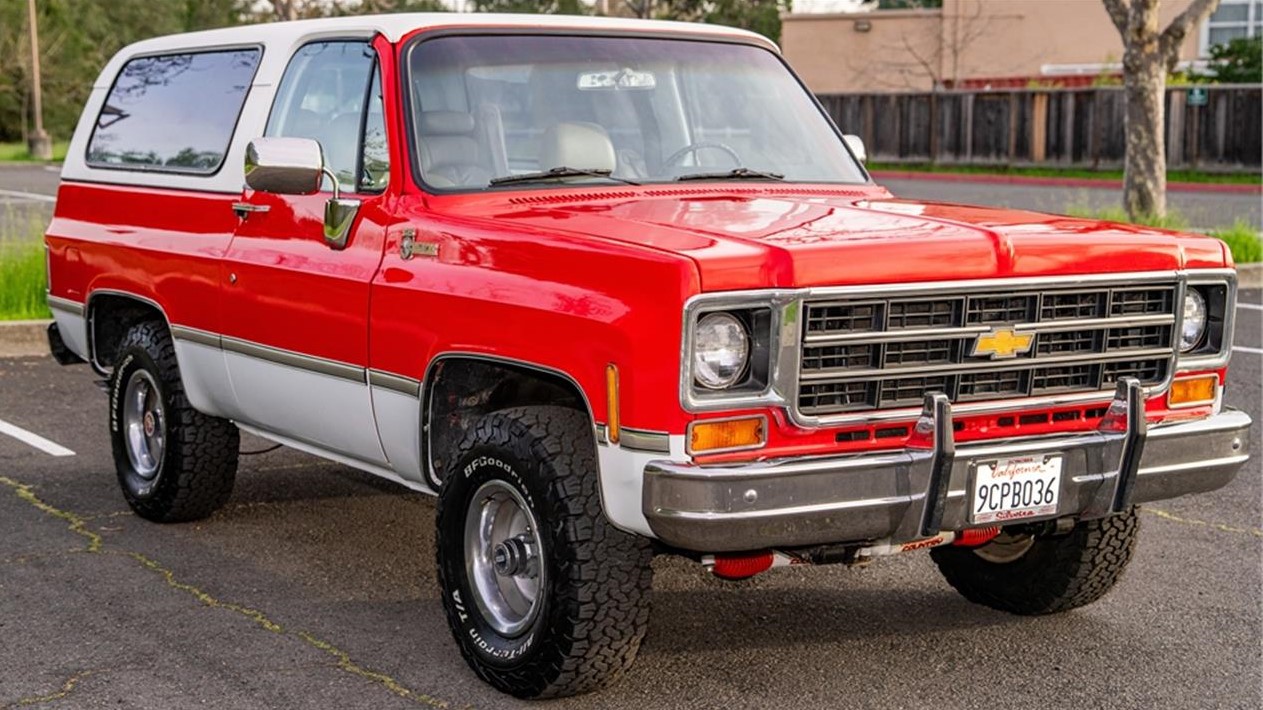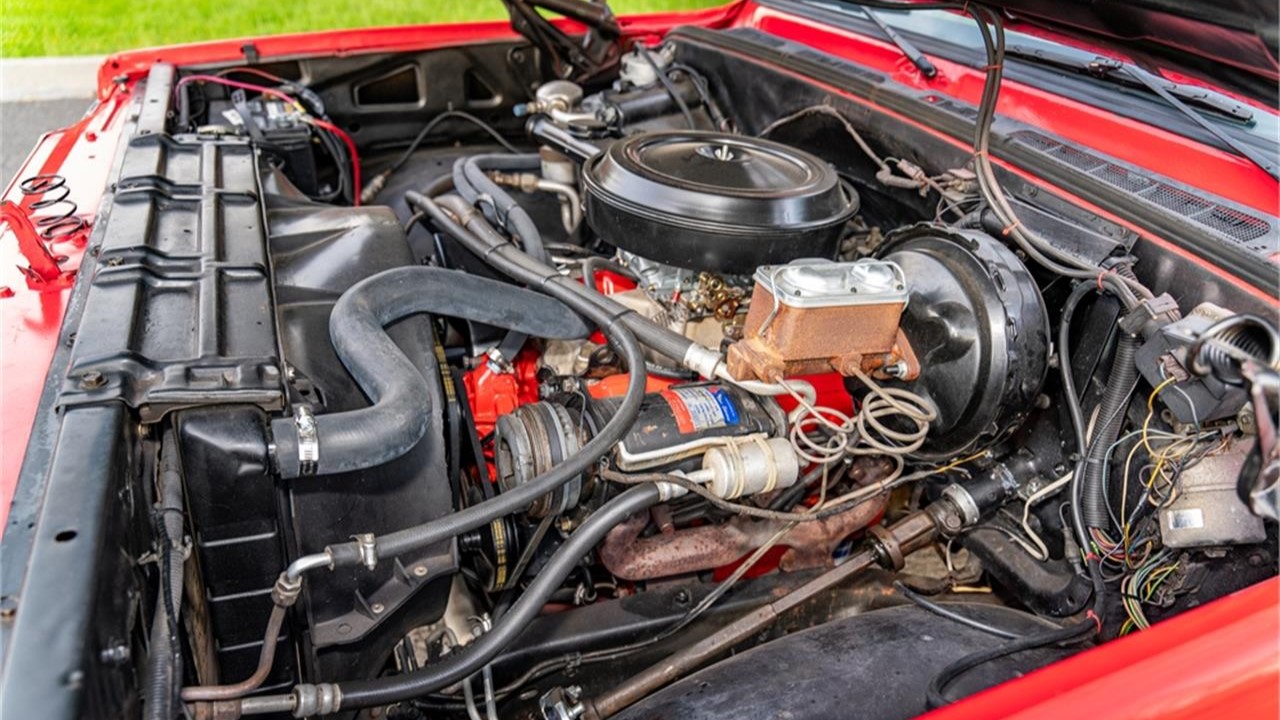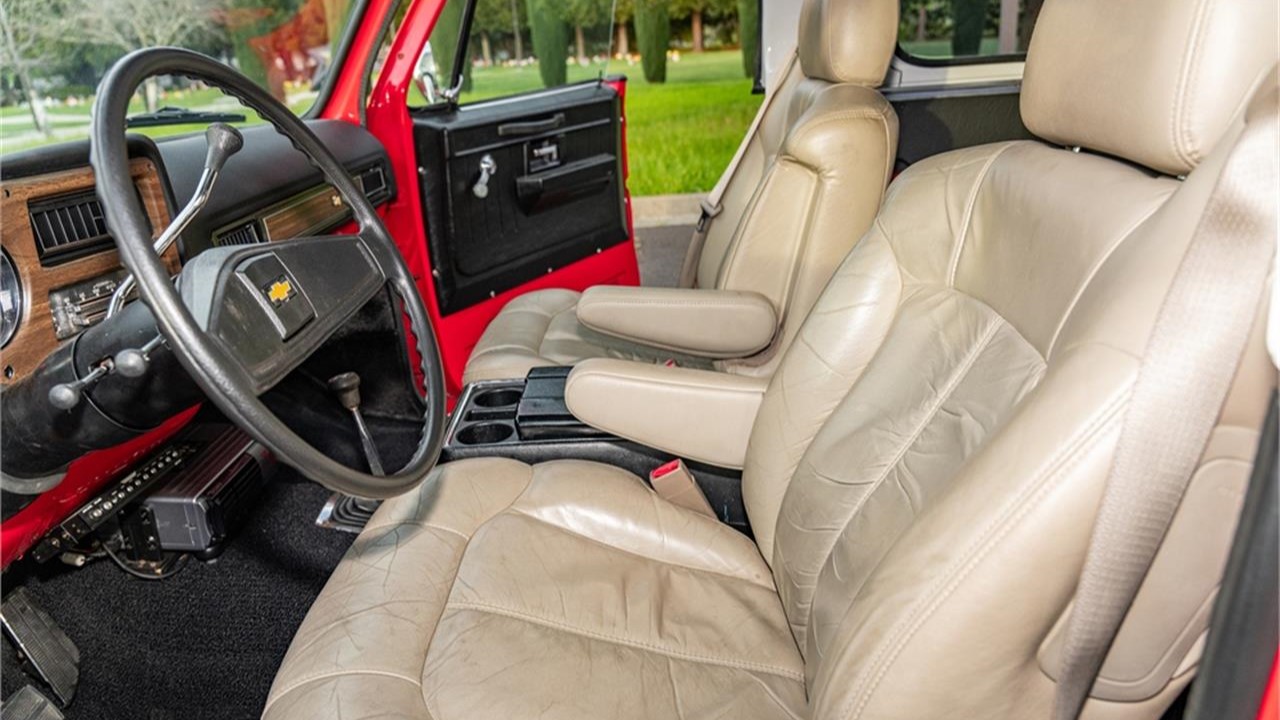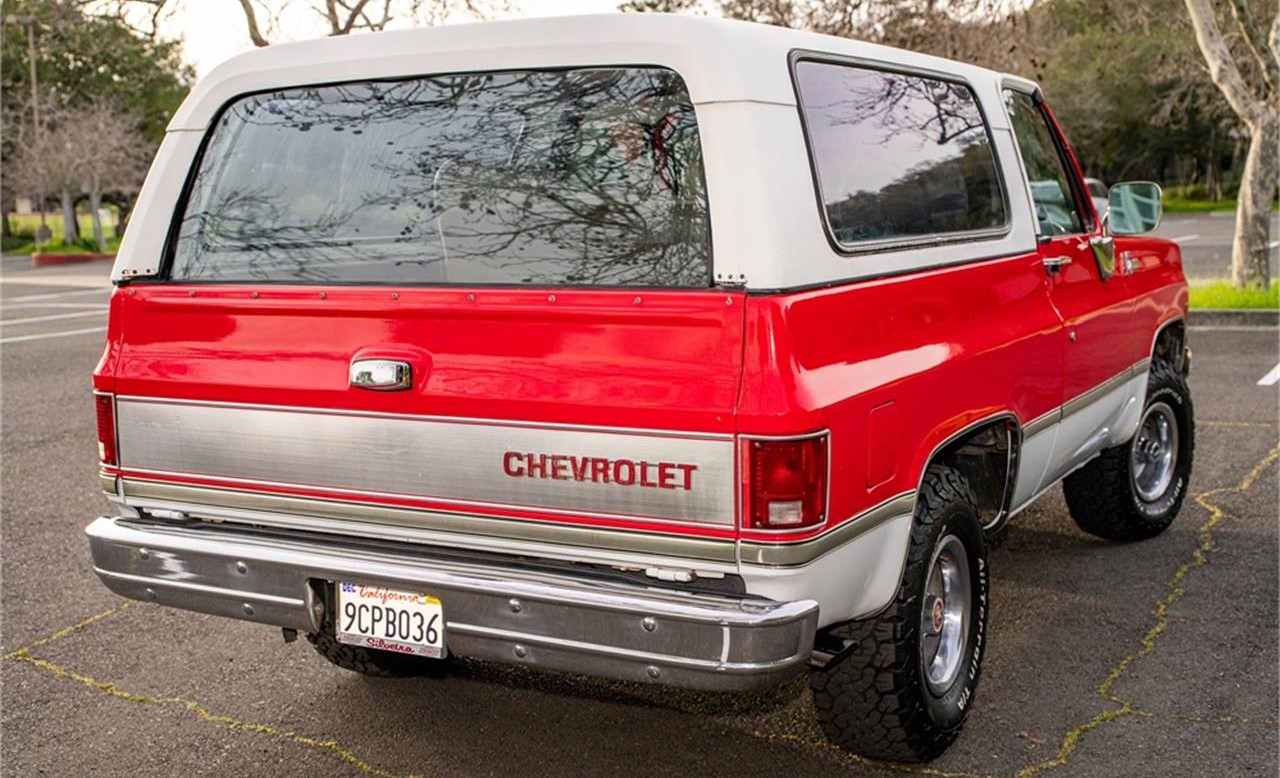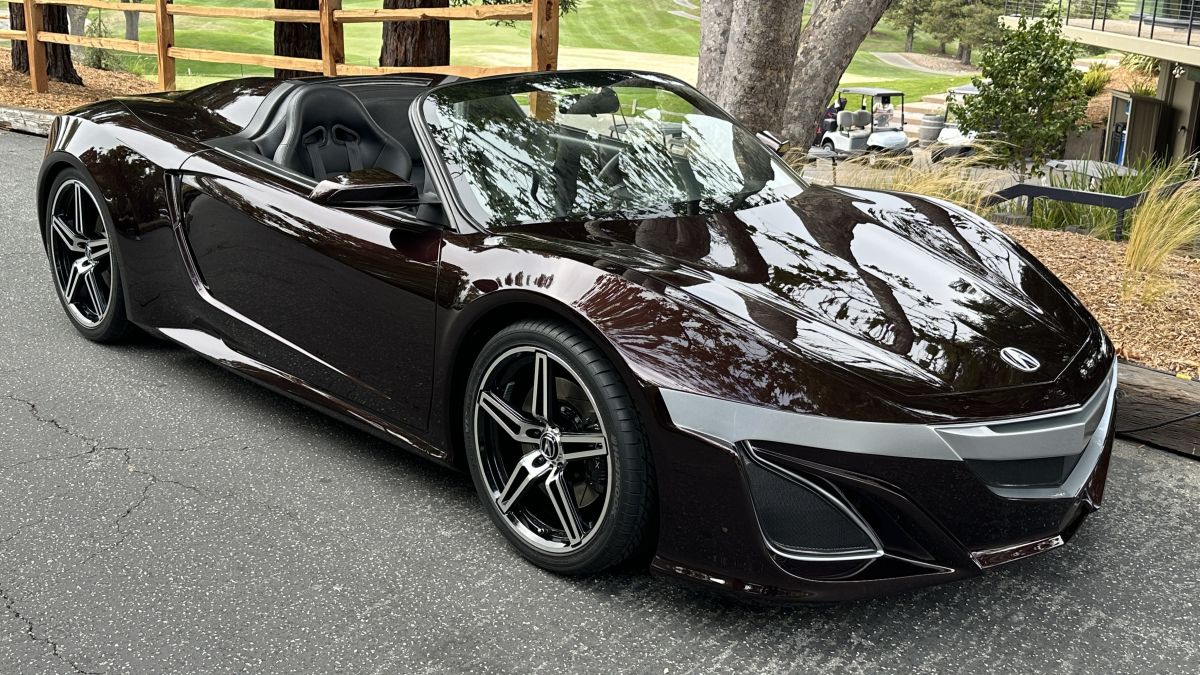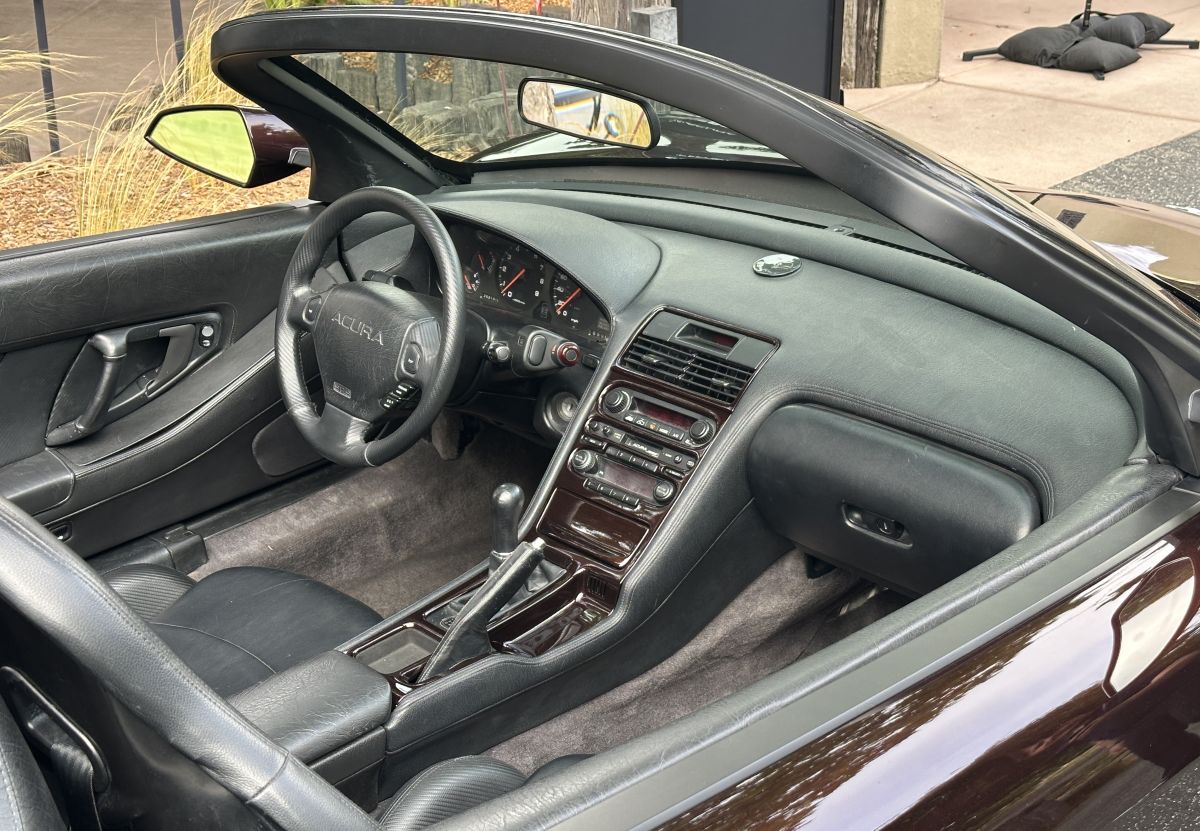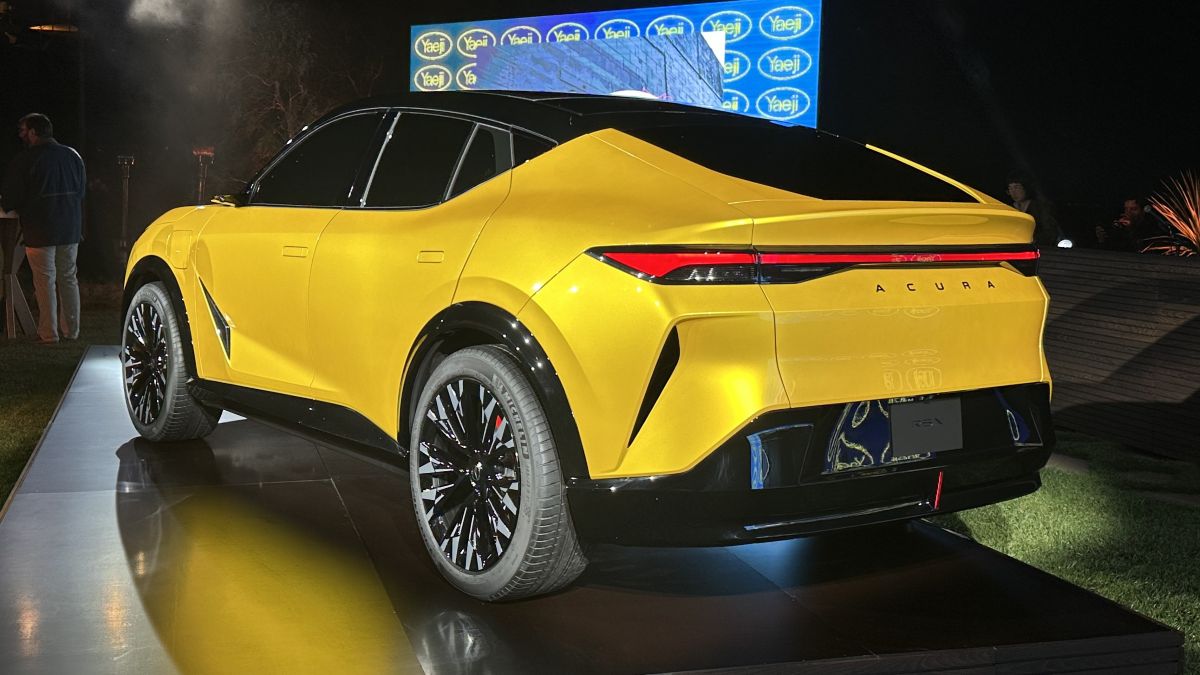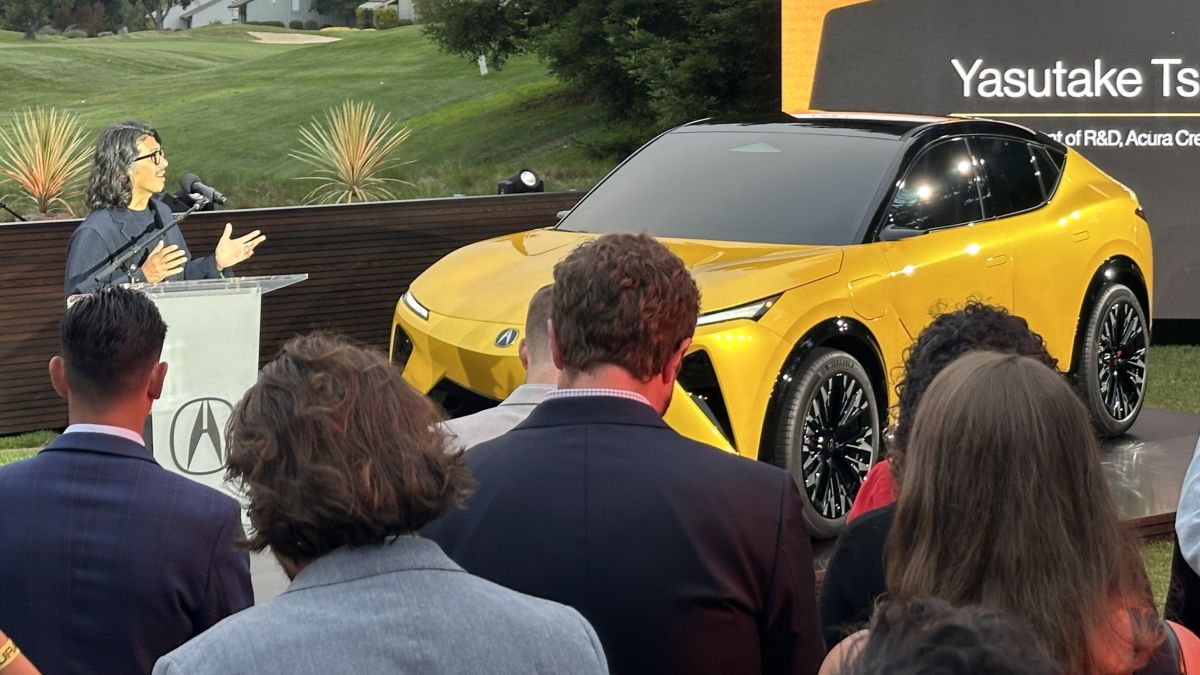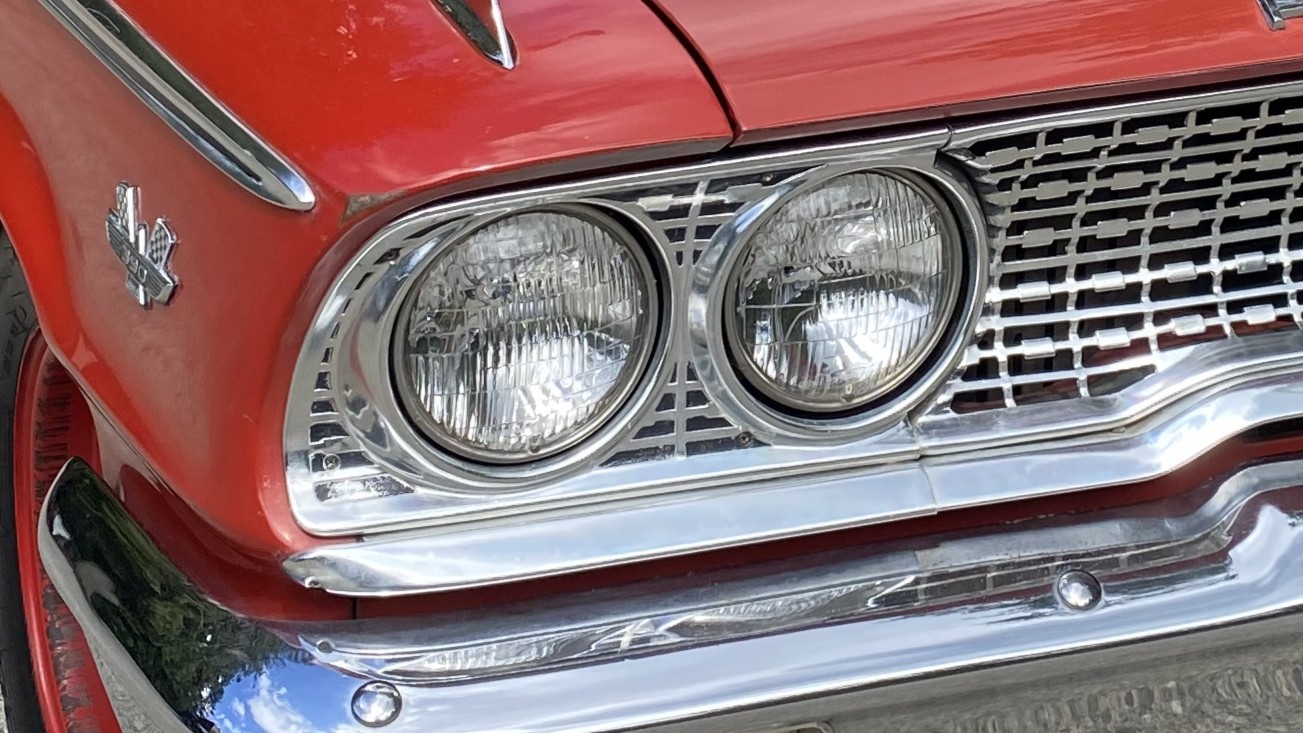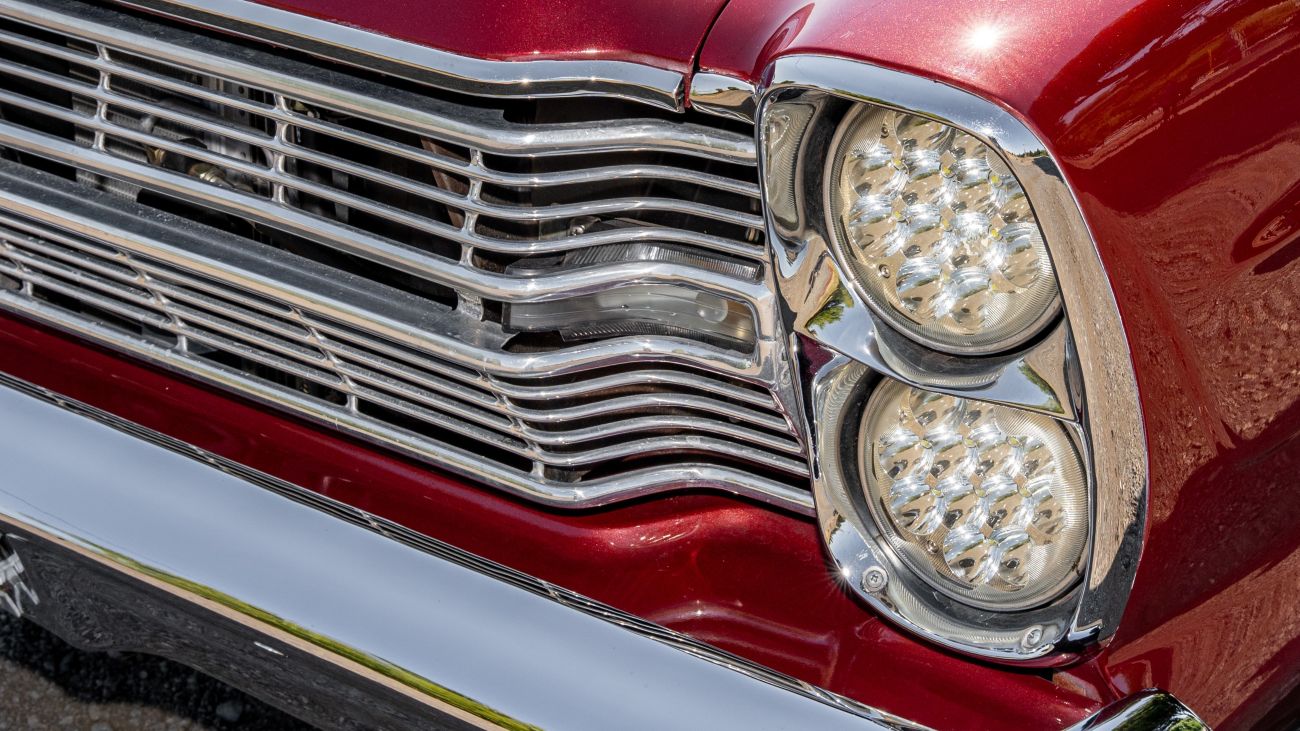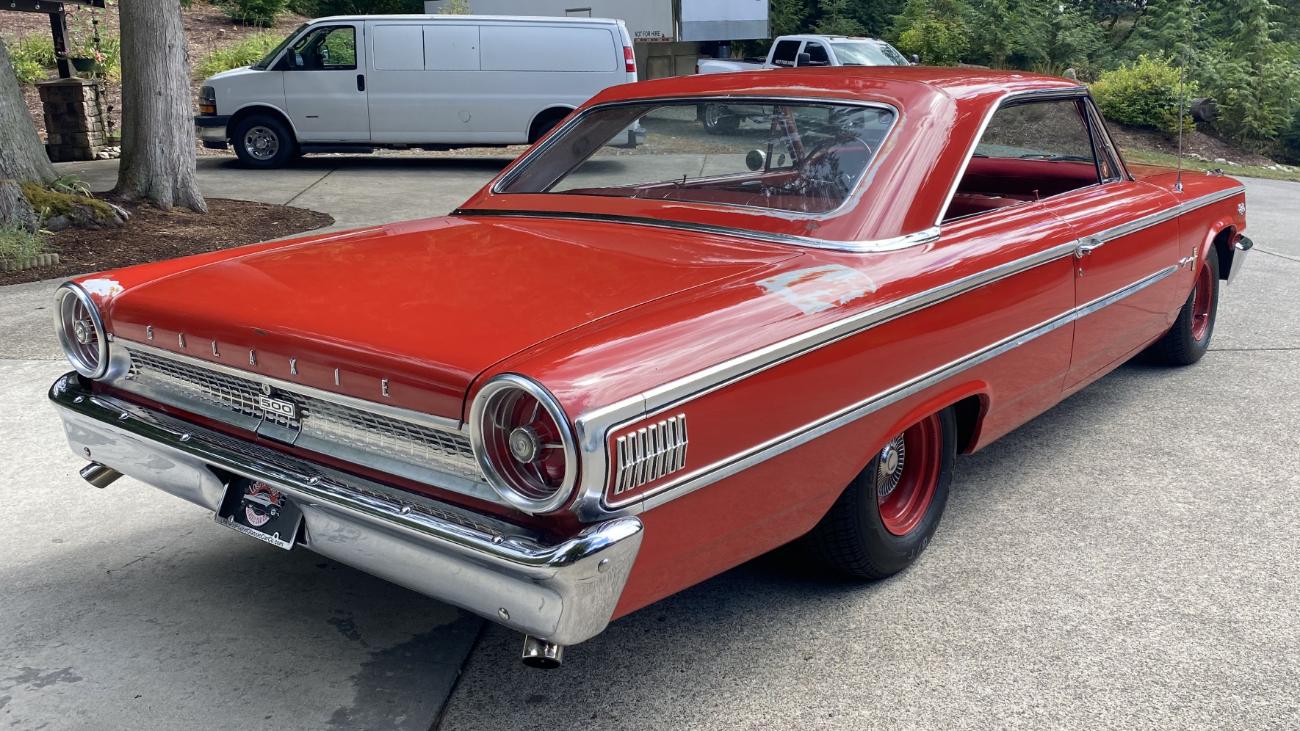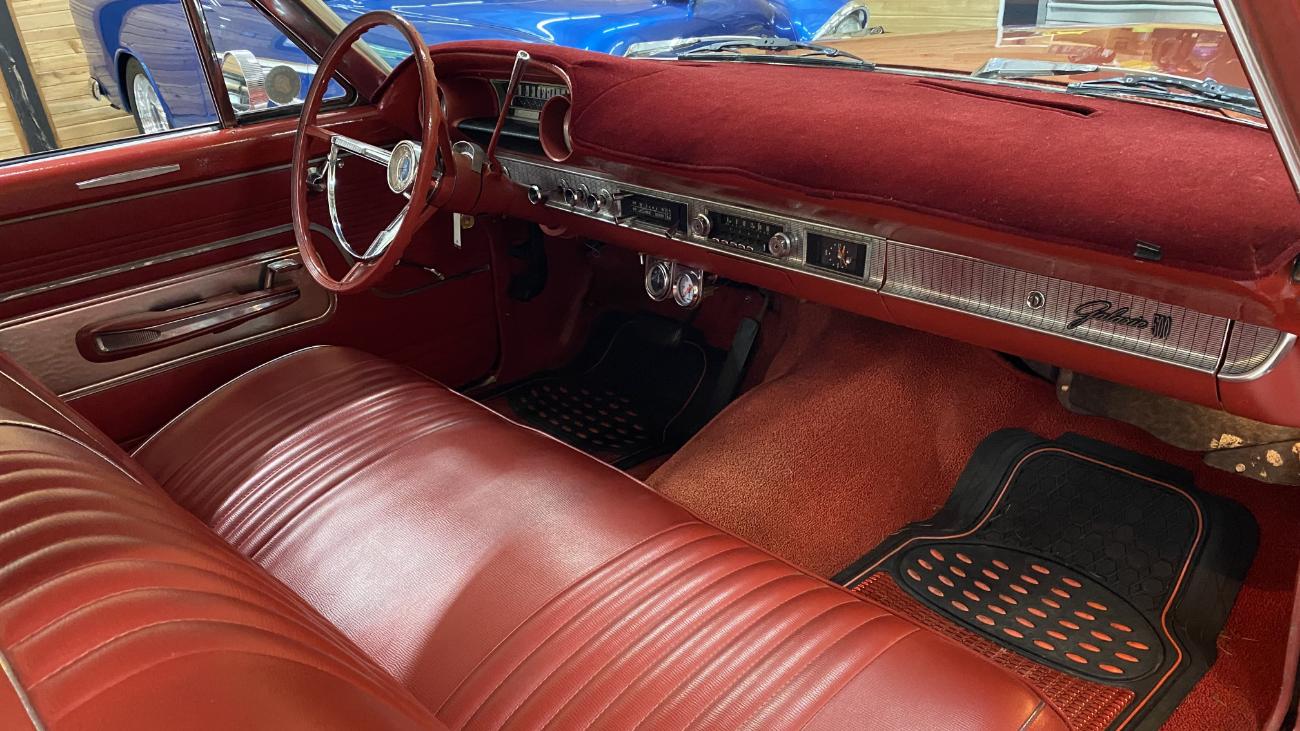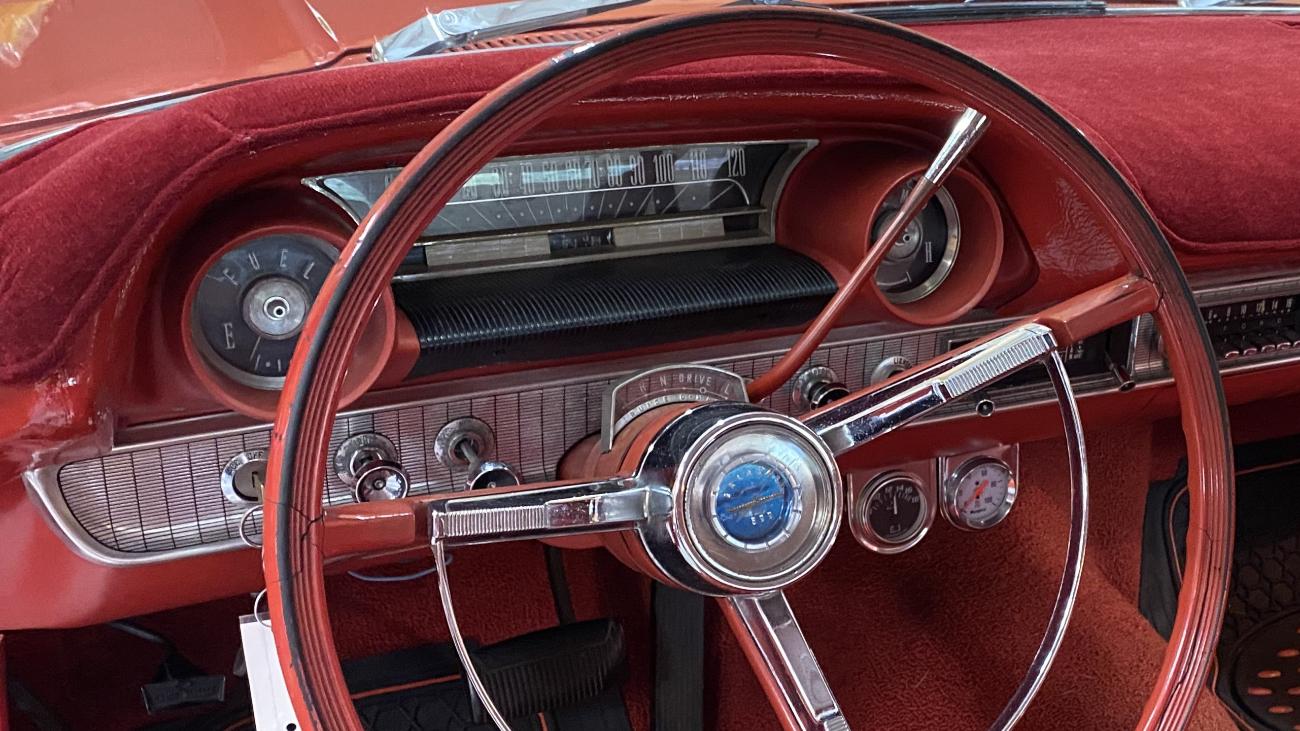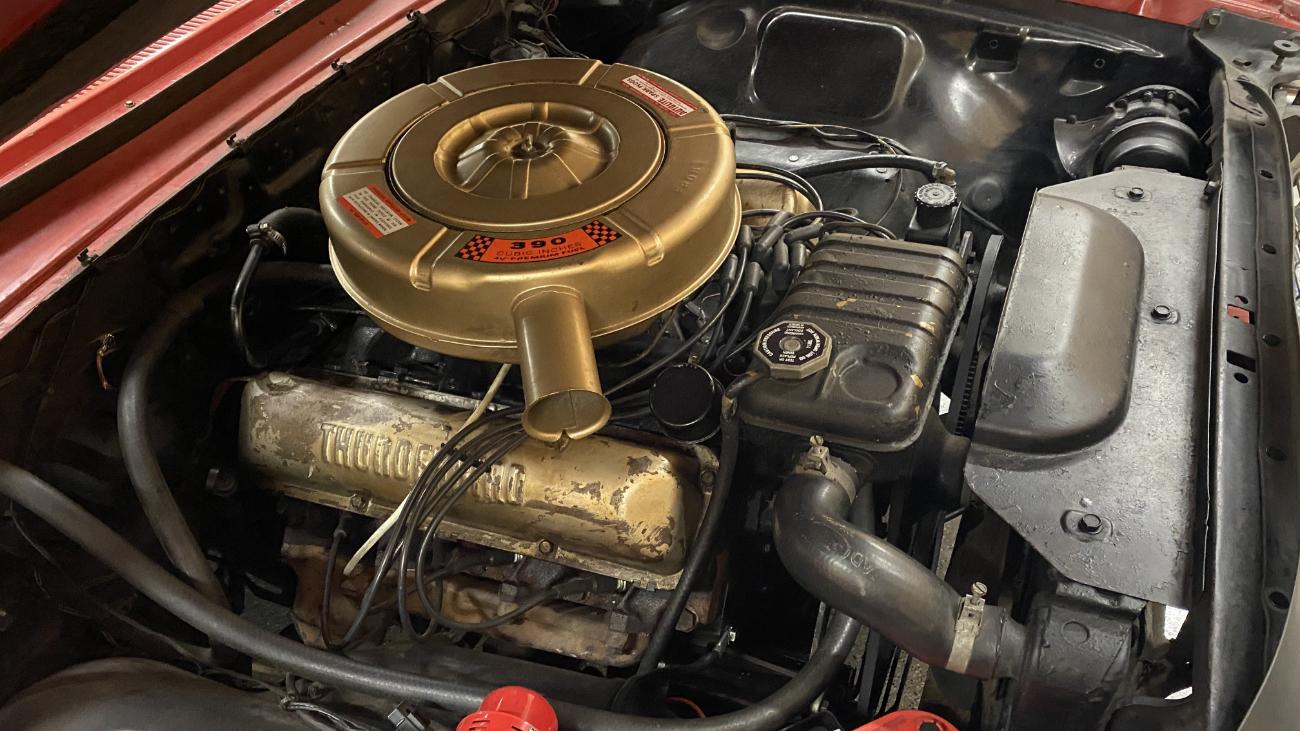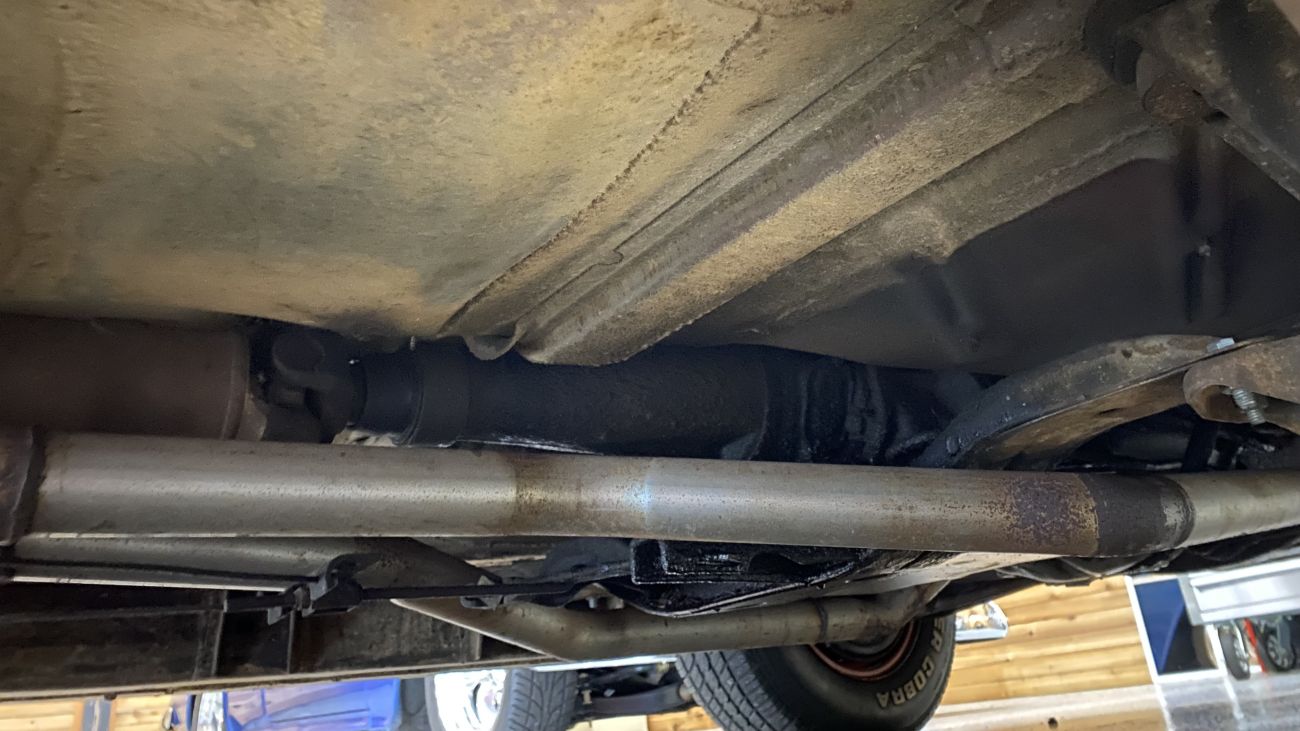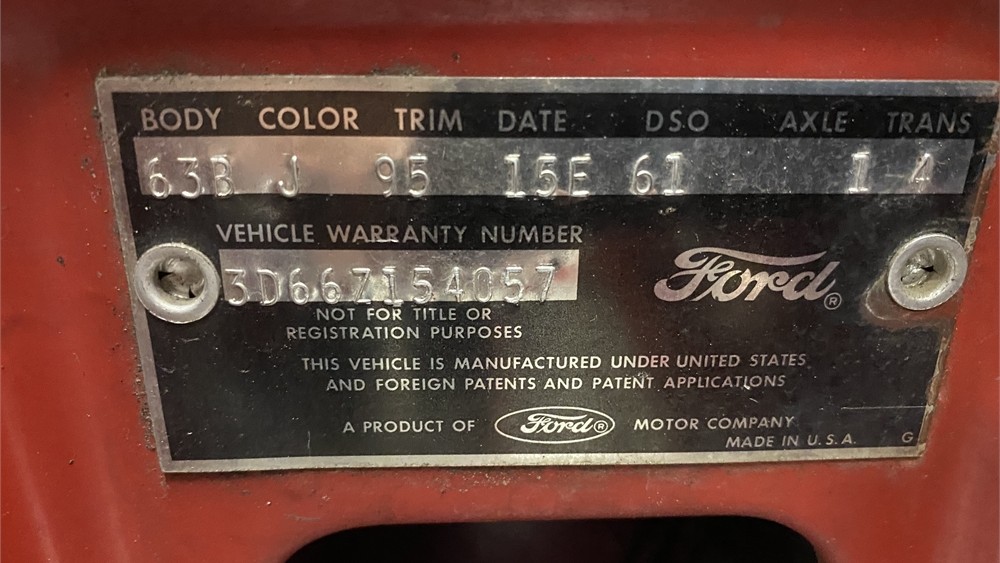If you’ve ever wanted to own a street-legal racecar, today is your lucky day.
Featured on AutoHunter is this 2019 Porsche 911 GT3 RS Coupe. The car is being sold by a dealer in North Andover, Massachusetts, and the auction will end Tuesday, August 26, 2025, at 11:45 a.m. (PDT).
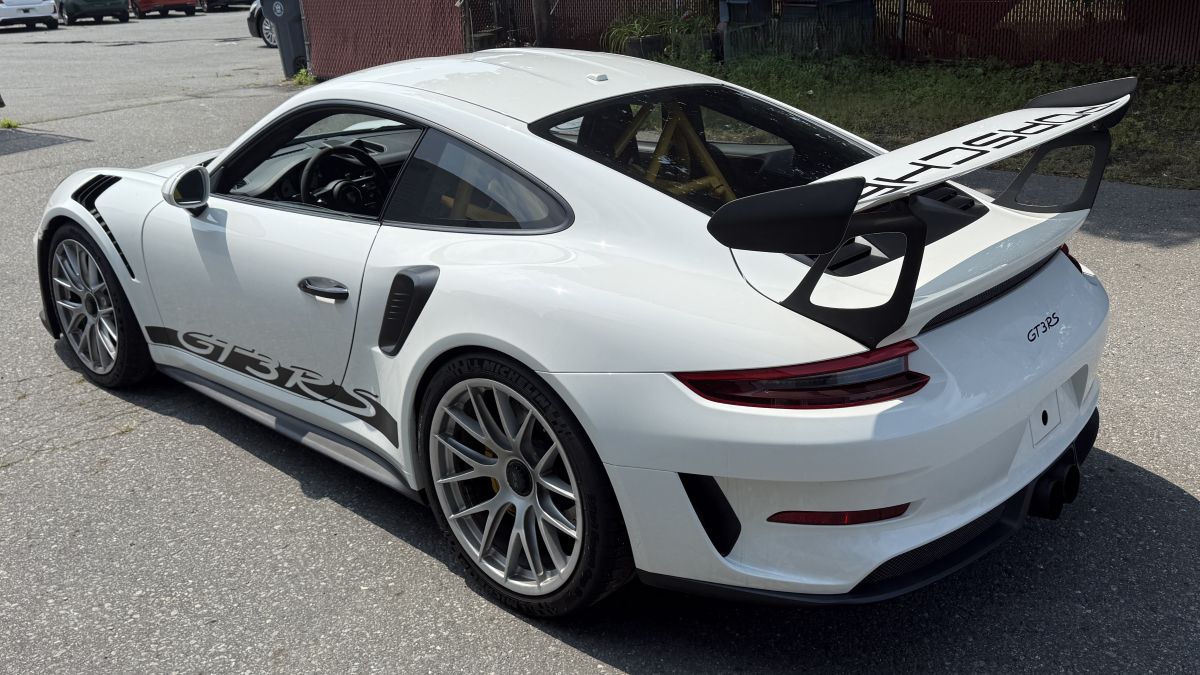
The GT3 was a homologation version of the 911—in other words, it was developed in limited numbers in order to comply with the requirements of a racing series. That is because many races (especially those governed by the Federation Internationale de l’Automobile, or FIA) require that the cars in competition be based on publicly available production cars. The GT3 nameplate was first introduced in 1999 and, over the past quarter-century, it has become a revered nameplate among Porsche aficionados and collectors.
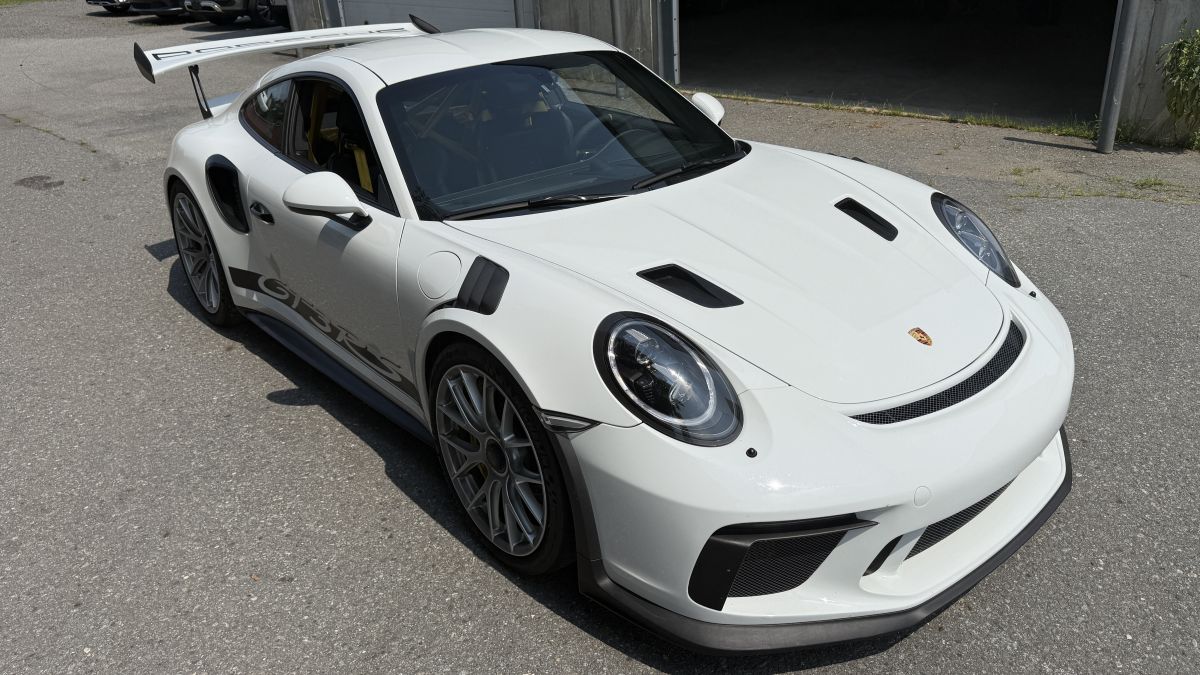
This black-and-white-themed GT3 RS shows just 40,707 miles on the odometer and looks like it’s ready for a race circuit even while standing still. Car and Driver called the GT3 RS the “hardest-core” 911, saying that it was a “rabid yet tamable performance machine.” Power comes from a naturally-aspirated, 520-horsepower 4.0-liter flat-six that revs to 9,000 rpm, making it the most powerful naturally-aspirated, road-legal 911 in history. A seven-speed Porsche Doppelkupplung (PDK) dual-clutch automatic transmission sends power to the rear wheels.
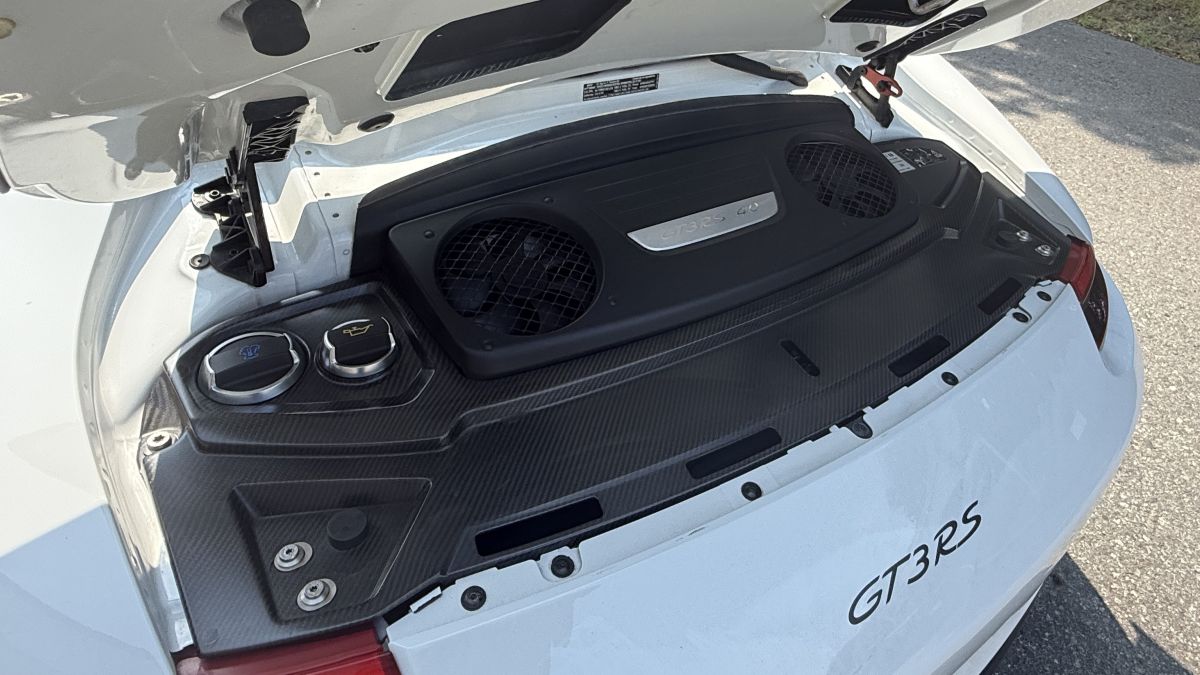
A sports car needs to handle as well as it accelerates, so extensive chassis tuning was done to the GT3 when it was engineered in order to optimize balance and poise. The car uses spherical bearings on all the suspension links, as well as front and rear helper springs. Aerodynamics were a key part of the philosophy, with the front splitter, the side skirts, and the rear wing were all designed to generate downforce (and therefore maximize grip).
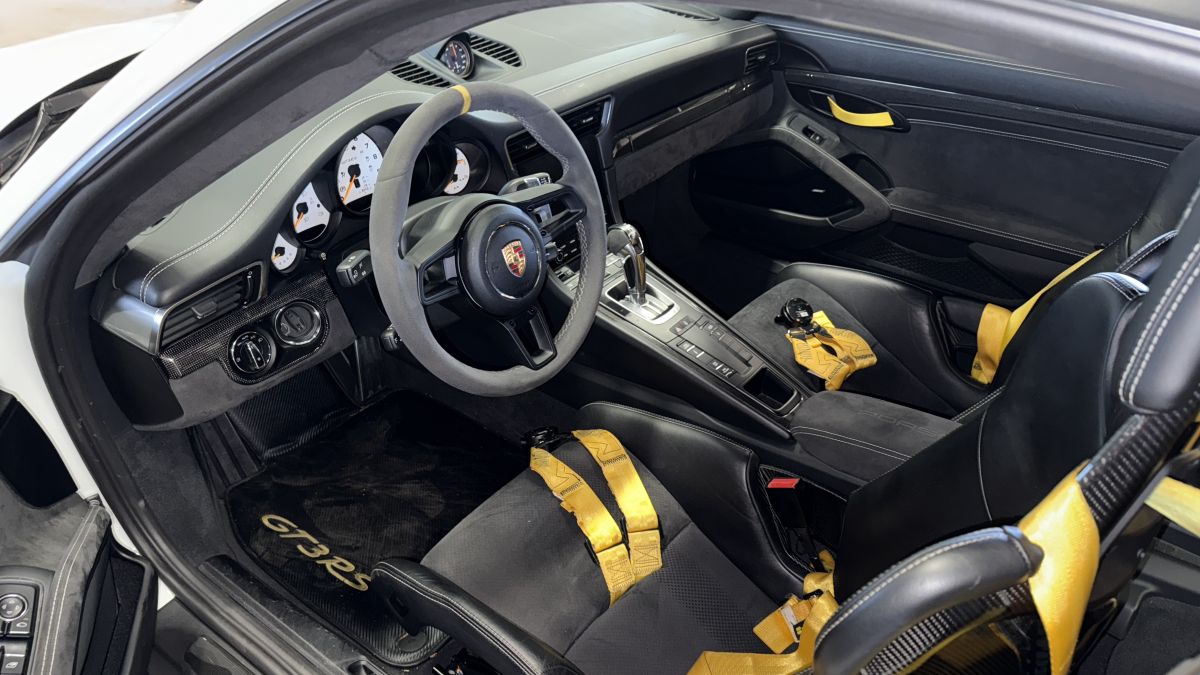
Special note about this vehicle’s history: the CARFAX report shows an accident was reported in June 2020 involving damage to the left front corner. The vehicle was declared a total loss by an insurance company and received a salvage title a few months later. However, the car was returned to roadworthiness and was back to logging miles by 2022 when the next CARFAX record shows it was serviced in Sacramento at 33,560 miles.
There are a lot of factors that go into whether a salvage title vehicle is right for you. A salvage vehicle usually has a significantly lower purchase price when compared to its clean-title counterpart. Also, not all vehicles declared salvage are severely damaged—in some vehicles, an insurance might “total out” a car for mere paint scrapes or hail damage, even though mechanically it’s still in top condition. Finally, a salvage vehicle is likely to experience less depreciation than a clean-title car because it’s already been devalued.
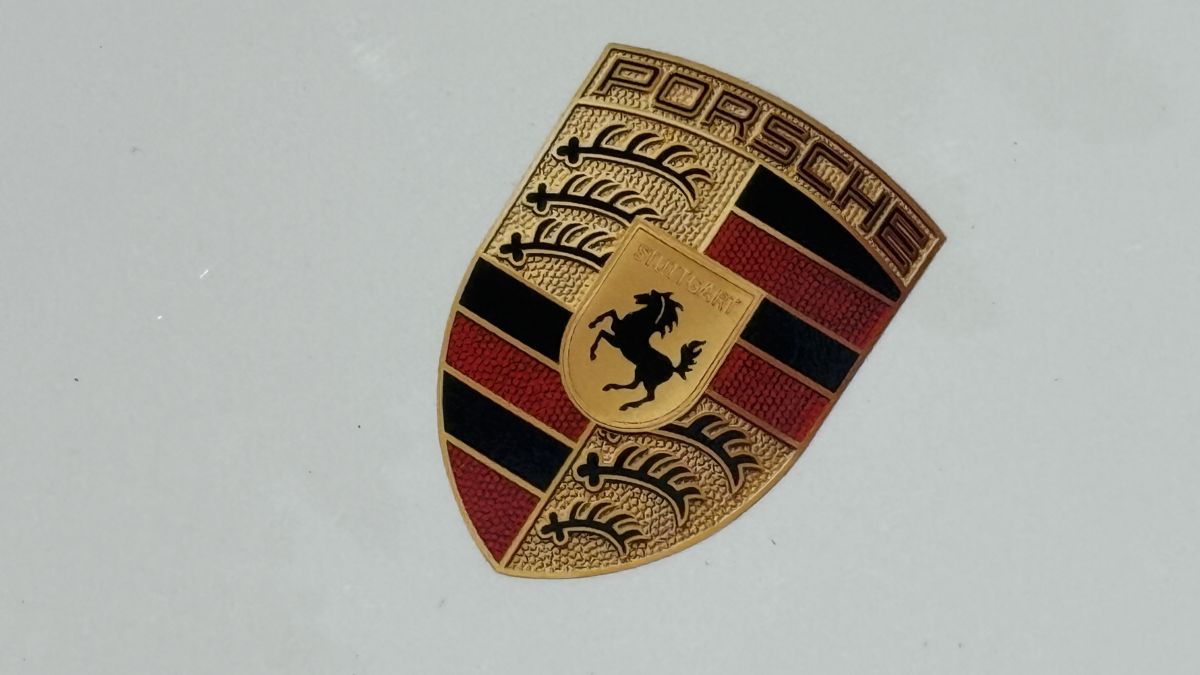
Points to ponder, right? If you’ve ever wanted a Porsche supercar for a fraction of the market price, your opportunity is right here.
The auction for this 2019 Porsche 911 GT3 RS Coupe ends Tuesday, August 26, 2025, at 11:45 a.m. (PDT).
Visit the AutoHunter listing for more information and a photo gallery

